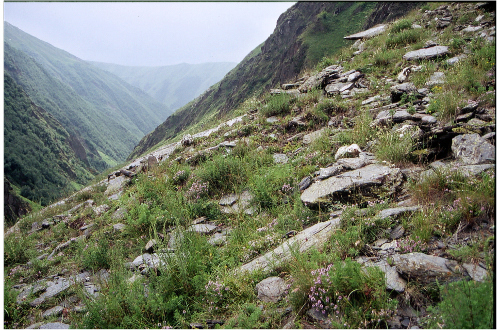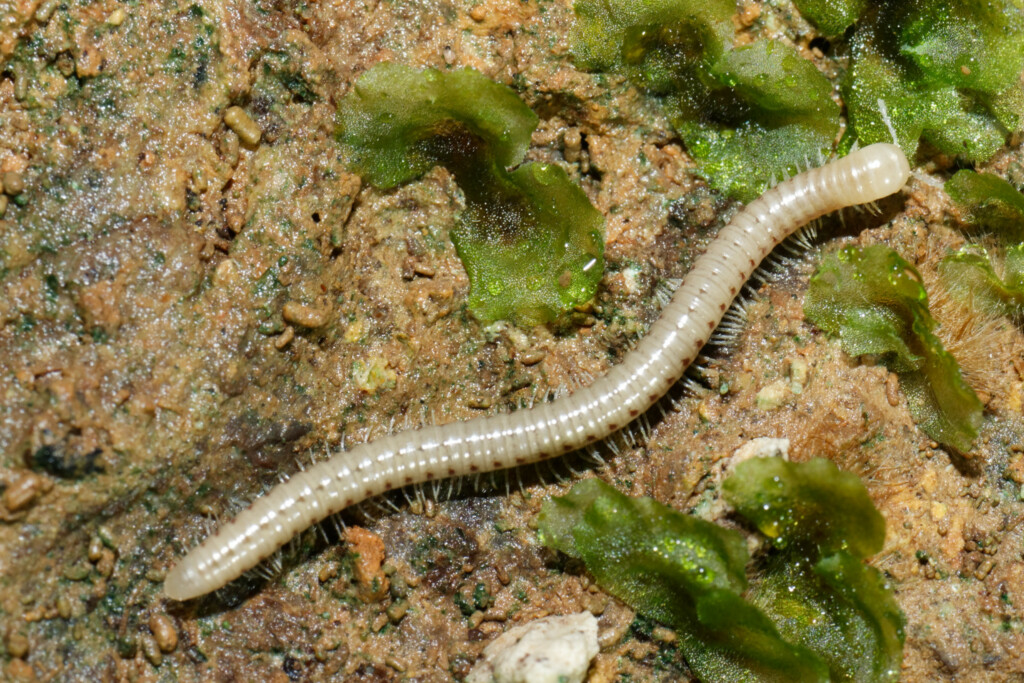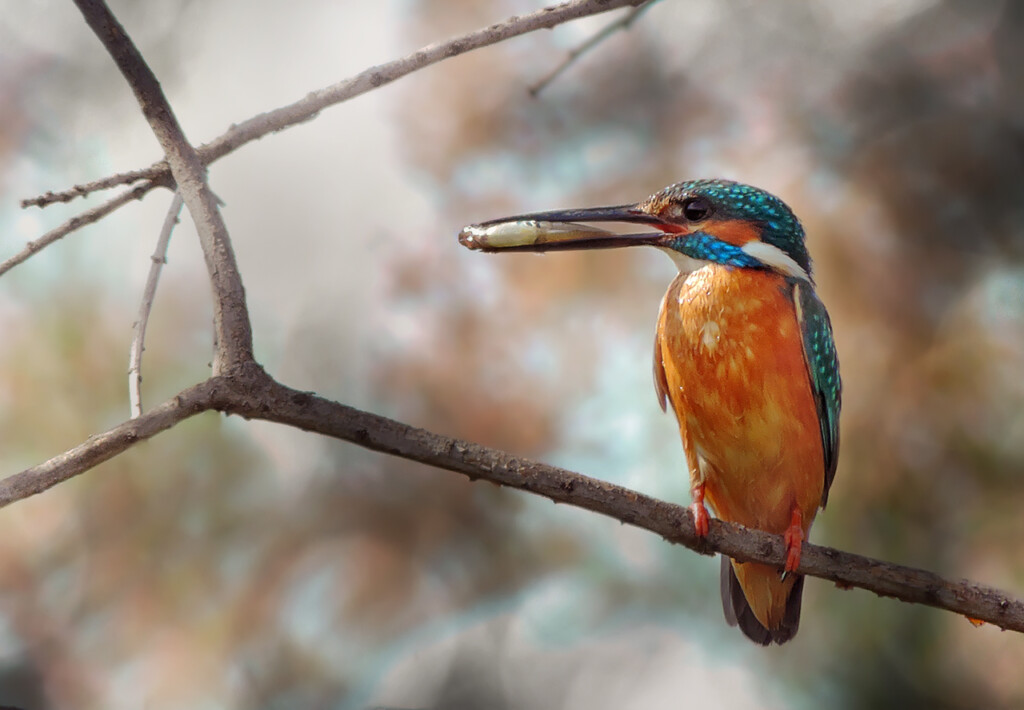The Caucasus Region comprises an area of about 580,000 km², roughly the size of Spain. It stretches across the area between the Azov Sea and the southern shores of the Caspian Sea. The Caucasus is mostly known for its mountains, which make up about 65 percent of its area, mainly the 1200 km long chain of the Great Caucasus, the Lesser Caucasus and parts of the Talysh Mountains. Besides these, the Caucasus also includes the foothills and steppe landscapes of the North Caucasus, the Transcaucasus (Colchis in the West and steppes of Azerbaijan in the East).

The Caucasus belongs to the 25 most species-rich regions in the world, with a high percentage of species, which have their entire range of distribution here (endemic species). This exceptionally high and unique species richness has a number of reasons, among them:
- a complex mix of lowlandland and mountain landscapes between 0 (and below!) and approx. 5600 m above sealevel
- a high diversity of different landscapes, biomes and ecosystems
- a high climatic diversity (wet in the West and dry in the East)
- a unique mix of floral and faunal provinces as a result of the Caucasus’ geological and climatic history (e.g. with tertiary refugia)
The Caucasus is home to more than 6,000 plant species, of which about 1,600 are endemic here. This is the highest rate of endemism in the northern hemisphere. In total, the Caucasus is home to about 0.5 of all endemic species world wide. About a third of these endemic species have their evolutionary origins in the Caucasus–17 plant genera are endemic to the Caucasus, nine of which occur in the high mountains.

More than 600 vertebrate animal species are distributed in the Caucasus, e.g. 200 fish species (33 % endemics), 77 reptile species (28 endemics), 400 bird species (and numerous other species migrating through the region each year), and 150 mammal species. It is especially the fauna and diversity of the invertebrate species, which is still largely unknown in the Caucasus. Despite a history of more than 150 years of zoological research in the region, nobody has even a rough idea of how many species of, for example, diptera (flies and midges), hymenoptera (bees and wasps), beetles and spiders exist in the Caucasus.
The CaBOL Project aims at shedding some light onto this part of yet mostly undiscovered species. By accessing the existing collections in the region and collecting new material from all important ecosystems in the Caucasus, the number of invertebrate species in the Caucasus will significantly be increased, together with knowledge about the taxonomy, distribution, ecology and abundance of these species in the Caucasus.




